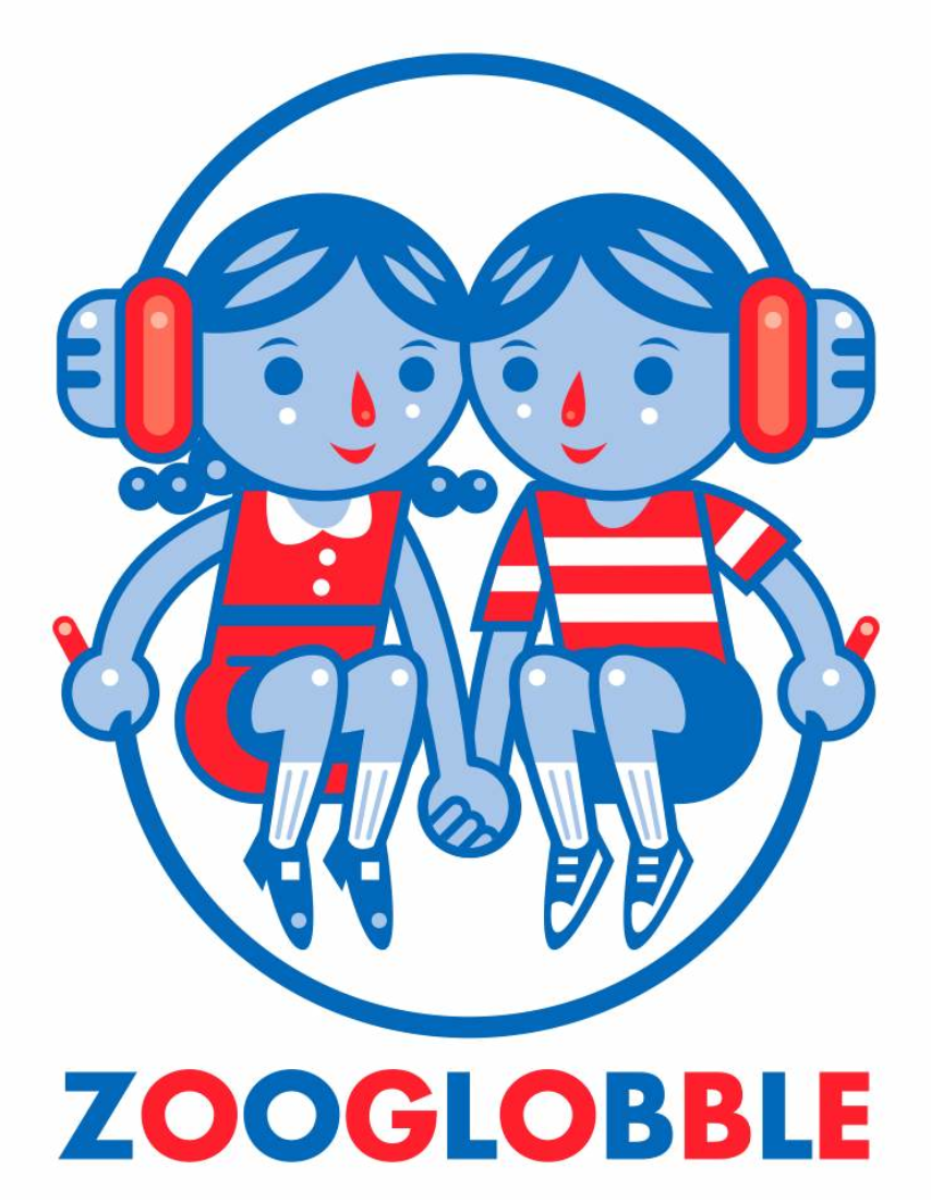December rolls around every year -- except for those cultures without 12-month calendars, of course -- and for roughly 57 of those years, Grammy nominations have been announced, highlighting musicians' votes for their favorite and best music of the past year.
Earlier this month, the nominations for the 57th Annual Grammy Awards were announced, including the nominations for Best Children's Album.
This year's list, representing the best in 2014 music (or, technically speaking, the best in children's recordings released between October 1, 2013 and September 30, 2014) is a good -- and interesting -- batch of albums:
Appetite For Construction: The Pop Ups
I Am Malala: How One Girl Stood Up For Education And Changed The World (Malala Yousafzai): Neela Vaswani
Just Say Hi!: Brady Rymer And The Little Band That Could
The Perfect Quirk: Secret Agent 23 Skidoo
Through The Woods: The Okee Dokee Brothers
For those of you keeping count, that's one former Grammy winner (the Okee Dokee Brothers), two former Grammy nominees (the Pop Ups and Brady Rymer), one album of kid hip-hop (Secret Agent 23 Skidoo), and one Nobel Prize winner (Malala Yousafzai, natch).
It's that last nominee that makes this category such a wild card. The four musical nominees were each part of the top 10 family music albums of the year according to Fids and Kamily, including the top two, so, yes, it's a solid list. But how do judges compare those albums with an audiobook? Indeed, it's exactly the potential problem I raised 3 years ago when the Grammys switched from 2 separate categories for music and spoken word to one unified category. Oddly enough, I proved totally wrong about what would happen as the nominations the past two years have been spoken word-free.
We shall see who voters choose to reward this year, but I think that the award is very much up for grabs.













